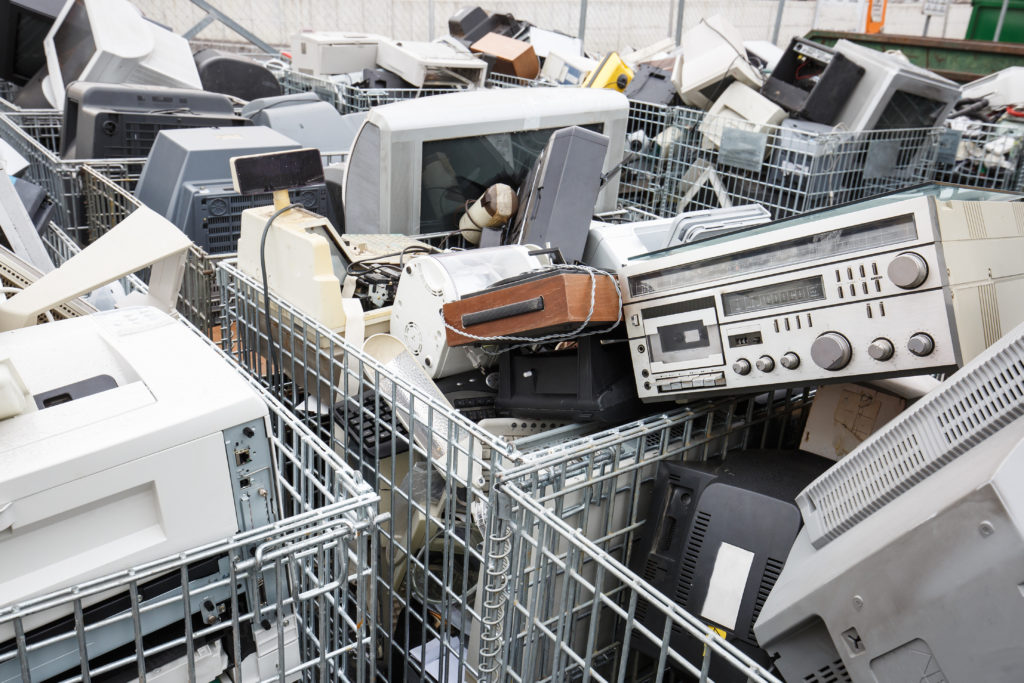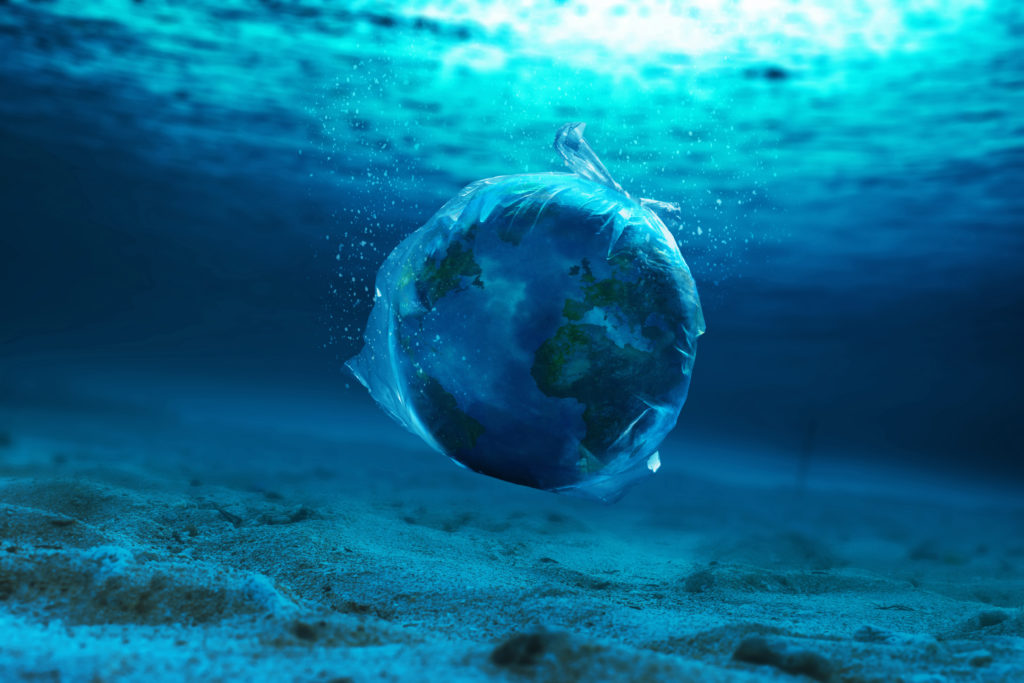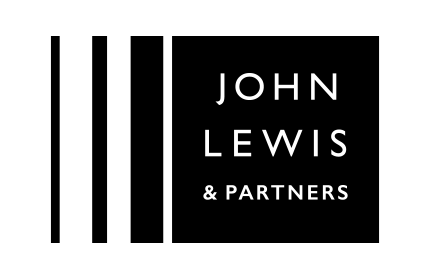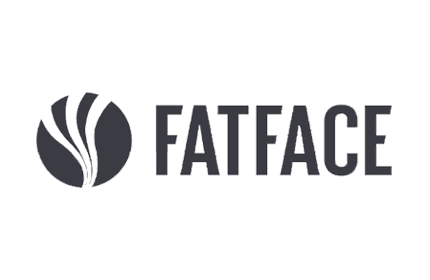A life less throwaway
By Andrew McCaffery, Global EPR Director at Ecoveritas
Now more than ever, we live in a society where we covet new and shiny things. Not only has consumption risen dramatically over the last 60 years, but we are damaging the environment at the same time. That is why buying quality and buying once has such increasing appeal.
We are starting to suspect designers are shutting us out of small electronics for good. Glued assembly and soldered-together parts make it impossible to get into and fix all kinds of devices. Meanwhile, marketers make us feel unfashionable and expertly apply the concept of superficiality to clothing.

But imagine if everything we threw away could have a new life; if products and packaging were designed to last and made to be made again.
We must find the courage to recognise that old economic models cannot simply be given a circular economy makeover. We are describing something incipient, something that must bubble up from below. Only people can power this.
All top brands shape consumer choice for profit; the voice of sustainable choices needs to drown out unsustainable products. If consumers make better purchasing decisions, the leading brands will adapt. The answer to the problem of our throwaway lifestyles lies in empowering people.
Exiting the waste age
Two-thirds of the resources we take from the Earth are discarded. Ever since the Industrial Revolution, we have been accelerating a linear take-make-waste model that assumes an infinite supply of resources. Now, a new circular economy proposes something more sustainable. And one of its fundamental tenets is the notion of keeping materials in use.

These cascading items, according to this 1955 article on ‘Throwaway Living’, “would take 40 hours to clean – except that no housewife need bother. They are all meant to be thrown away after use.”
If we had to pinpoint a ‘tipping point’ – a magic moment when ideas, trends and social behaviour cross a threshold, tip, and spread like wildfire – in all likelihood, it would be this.
Plastics have brought safety, fostered innovation and democratised comfort, but it has come at a high price. We now know that price after it has run unchecked and unregulated for 150 years.
Made to last
We must reduce, if not eliminate, waste in new products and processes. Still, we also have an opportunity to take the legacy of 200 years of linear production and turn it into the starting point for meaningful, long-lasting products and packaging – and that’s precisely what a new generation of innovative designers is doing.
It would be a stretch to suggest that their products might save the planet, but perhaps they can offer inspiration for a different perspective. If we can all reframe our ideas about waste as they have, we will take another step in the journey towards a thriving circular economy.
The useful life of consumer products and packaging, the time between buying and discarding them, is getting ever shorter. What’s more, most of these products are still functioning when discarded. Combine these facts with the relatively steep and extremely volatile rise in the price of raw materials over the past decade and the predicted growth in global demand for raw materials and energy. It becomes clear that continuity and supply costs are potentially significant business risks.
Although recycling has recently received much attention in business, extending the useful life of products and packaging is about more than just recycling materials. It intervenes at the product level and effectively slows down the pace at which products are put through recycling loops.
Whether you’re talking about appliances, cars or clothing, and even packaging – it’s true: they don’t make them like they used to.
We’re living in the golden age of packaging. There is a broader array of options and more consumer demand than at any other time in history. But as with anything else, all that glitters isn’t necessarily gold. Some of that glittering you see in the distance is discarded plastics and other packaging materials piling up in your local landfill.
Reusing and directly eliminating a lot of packaging we don’t need will also have to be a crucial part of the solution. Recycling is, at its core, about reuse. Instead of feeding into the convoluted recycling process, some forward-looking companies are replacing single-use containers with those that can be used repeatedly.
Planned permanence and material reincarnation have virtues in pushing the linear economy closer to this desired new model.
A circular economy is designed to feed back into itself: A product of long-lasting quality is placed into the market; the by-products from its manufacturing are repurposed, and the retired product is reused as much as it possibly can be. This rebuilds capital and enhances the flow of goods and services, while bringing a manufacturer as close as possible to a zero-waste goal.
Consumer goods in the linear economy are manufactured with planned obsolescence in mind – they are designed to become outdated or wear out in order to push a new generation of product or sell a replacement. The overwhelming majority of consumer goods today are built this way – we call it Darth Vader design and the marketing empire.

A natural consequence of planned obsolescence is massive waste – wasted product when it’s thrown away and wasted energy used to produce more goods to replace the aged and broken ones.
Transferring linear operations into a circular economy is no easy feat. It involves dynamically changing approaches to manufacturing, knocking out planned obsolescence and setting goals to minimise material and energy waste.
Thankfully our heritage and knowledge in compliance and sustainability data mean we can help you efficiently minimise your environmental impact and maximise the effectiveness of your products and packaging.
Our proven tools for visibility into extended supply chains are now providing an opportunity to improve collaboration and the efficiency of the working relationship between customers and suppliers, which benefits both businesses and the environment.
Most products can’t be made to last forever. Of course, there’s an infinite distance between the current reality of disposable culture and the goal of planned permanence. Much of that distance can be covered through improved manufacturing processes and a shift in perspective. But those improvements will be primarily helpful for extending our linear economy.
To bring about a circular economy, we must acknowledge that while materials may inevitably degrade, they do not disappear. Degraded materials can be captured and plugged into our economy in their transmuted forms.

We talk a lot about reducing consumption, buying less and buying better quality products when it is necessary to make a purchase.
A life less throwaway is the holy grail for those prioritising quality over quantity. And society should celebrate manufacturers who stand behind their products and packaging, those who design them to last and have the guts to guarantee the same.























